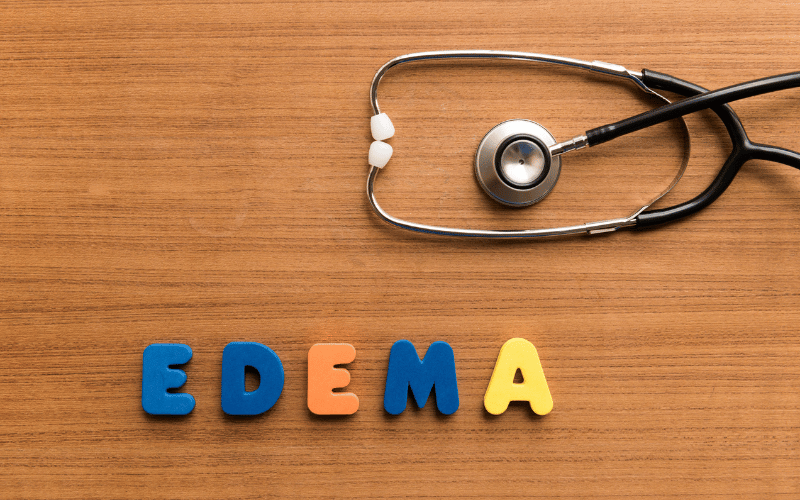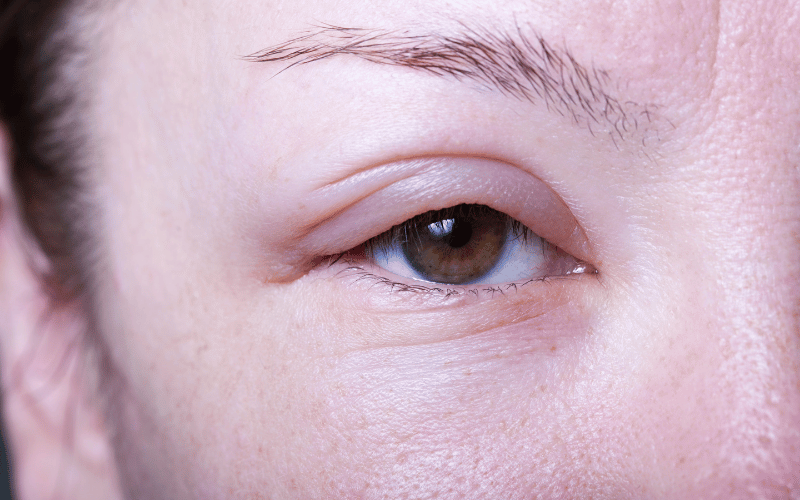Introduction: A Closer Look at Quincke’s Edema

Angioedema, sometimes recognized as Quincke’s edema, remains relatively unknown to the average individual. However, its medical importance is undeniably significant.
Beneath the surface, this condition manifests as a profound swelling, commonly appearing around the eyes and lips but also potentially affecting deeper structures like the intestines or airways. The roots of angioedema vary, from genetics and medications to environmental triggers.
This article seeks to elucidate the 15 pivotal symptoms of angioedema, empowering readers with knowledge that could be crucial for early detection and management.
1. Rapid Swelling Underneath the Skin: The Silent Warning

Angioedema’s hallmark is its abrupt and often alarming swelling. For those unfamiliar with the condition, this symptom can be unsettling.
It begins subtly, with a slight puffiness or a sense of tightness in the affected areas. This isn’t your typical swelling resulting from a minor bump or scrape.
The swelling, distinctively deeper than most inflammatory reactions, primarily targets the dermis, subcutaneous tissue, mucosa, and submucosal tissues. Most people notice it around the eyes and lips, but it can occur almost anywhere on the body. This isn’t just about appearances; the swelling hints at a body responding vehemently to a trigger.
One might assume that such a pronounced reaction would be painful. Surprisingly, angioedema is often more uncomfortable than painful. The sensation is described by many as a ‘deep itch’ or a ‘burn,’ which doesn’t provide the same acute pain as a typical injury but is incessantly bothersome.
While allergens like certain foods, medications, or environmental factors can set off angioedema, other non-allergic triggers, including stress or physical factors like heat and pressure, can also initiate this deep swelling. Identifying the cause can sometimes be a puzzle, but it’s a crucial step in managing and preventing future episodes. (1)